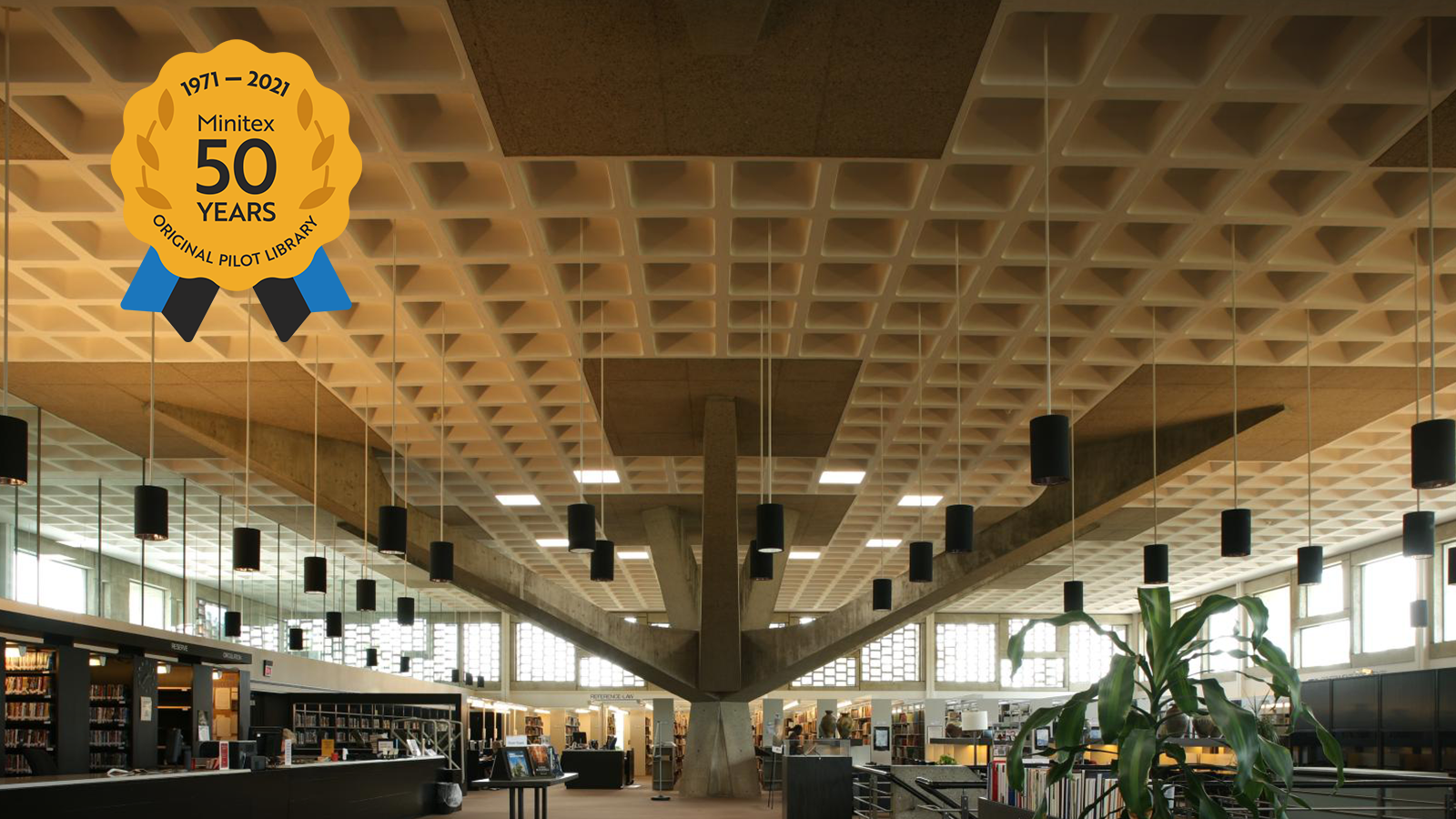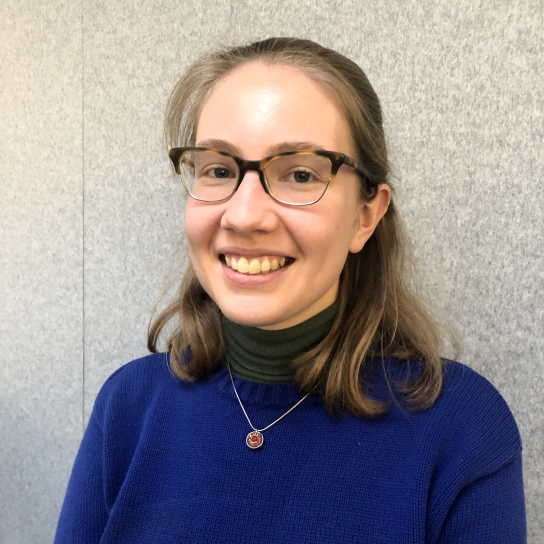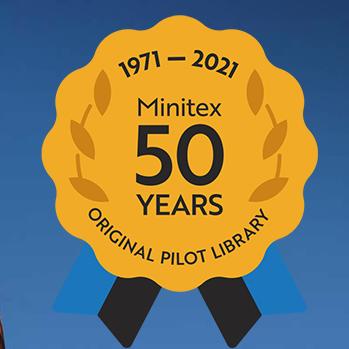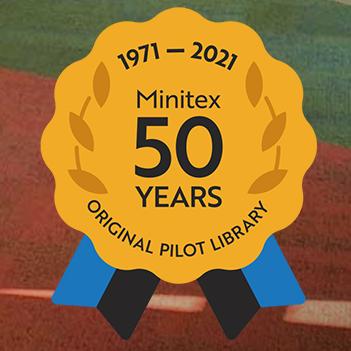Quick Summary
In honor of our 50th Anniversary, we're catching up with each of our original partner libraries. We've asked staff members from each library to reflect on their shared history with Minitex and update us on how their institutions have grown and changed over the years. This week, we're checking in with Kathy Parker, Library Director at the College of Saint Benedict and Saint John's University.

Minitex is celebrating its 50th anniversary this year. Do you know when your library partnered with Minitex? How has the relationship changed over the years?
Kathy Parker: I’ve been a librarian since 1980, mostly working outside of Minnesota, and in all those decades I have known of Minitex as a respected library organization that is the envy of librarians around the country. I came to CSB/SJU in 2006, so Minitex was a long-established partner here by the time I arrived. Saint John’s and Saint Ben’s have benefited from Minitex since the beginning, participating in the 1969-71 “Minnesota Inter-Library Teletype Experiment”. It’s been a long, fruitful partnership including Minitex’s excellent support for OCLC services, the Minnesota Union List of Serials, contract cataloging, resource sharing, cooperative purchasing, the Minnesota Digital Library, the Minnesota Library Access Center, ELM, MLPP, and hundreds of first-class training opportunities. We have strong confidence in the Minitex team to deliver high quality service, so they are the first choice of service provider for us whenever possible.
How does your partnership with Minitex affect the services you offer your patrons?
KP: The Minitex partnership benefits our patrons in ways both visible and invisible. Many patrons marvel at our interlibrary loan service – faculty recruited from out of state often remark on the range and response times for accessing materials. (I recently had a newly hired PhD say “you’re way better than Penn State!”) In addition, our students benefit enormously from the electronic resources coordinated through Minitex. Either fully funded through ELM or successfully negotiated through cooperative purchasing, these resources were mission-critical during our move to remote teaching during COVID, and allow us to provide students and researchers with timely, reliable information on a wide range of topics across the liberal arts. Because of our two-campus environment, we rely on e-resources to make sure students residing at either school have equitable access to information. And of course, most patrons don’t see the behind-the-scenes work that goes into all our services, from professional development to cataloging, but we use Minitex resources every day to make sure we provide the best possible support for teaching and learning at CSB/SJU.
Describe a positive customer service moment that stands out to you from the past year, something that puts a smile on your face despite all the adjustments both libraries and patrons made.
KP: Last May I received this handwritten note from a faculty member. The note reads, “Thanks so much for doing such a great job! You have processed approximately 5,378,321,034,776 holds and ILL requests for me and my family this year, and I truly appreciate it.”
What drew you to working in libraries? What makes this work unique and meaningful to you?
KP: I became a librarian over 40 years ago because I was curious about nearly everything, and this was a job that gave me the opportunity to indulge that curiosity in many ways. I’m so grateful for a career that has had me cross paths with smart, insightful and engaging people … as patrons and as colleagues. I count my Minitex colleagues among the joys of my work.
What is one project your library is working on right now that you’re excited about?
KP: Like many concerned professionals, librarians at CSB/SJU are seeking ways to advance diversity, equity, inclusion and justice in our work.
Minitex programs such as the recent MDL symposium Enhancing DEIA in Digital Collections are helping us find our way forward. One initiative of current interest is making clear the history of marginalized people at our institutions. We’re especially concerned with bringing to light the history of Indian residential schools associated with our founding monastic communities. Photos in the Minnesota Digital Library have helped illuminate this history. We’re also documenting Black student activism as well as other social justice movements. The skills we developed through long association with MDL, from metadata standards to digital preservation, are serving us well in this initiative which is helping us find reconciliation with past injustice.


